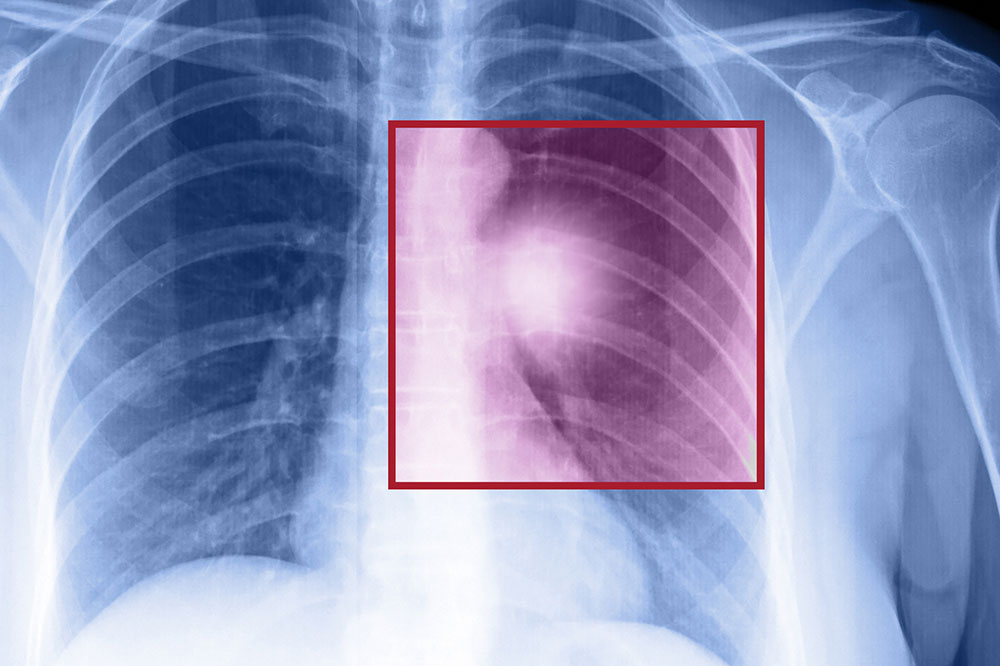Comprehensive Guide to Epileptic Seizures: Causes, Symptoms, and Risk Factors
This comprehensive article explores epileptic seizures, detailing their causes, symptoms, and risk factors. It emphasizes the importance of understanding triggers, recognizing symptoms, and managing risk factors to facilitate early diagnosis and effective treatment of epilepsy. Suitable for those seeking in-depth knowledge about seizures and how they impact neurological health.

Comprehensive Guide to Epileptic Seizures: Causes, Symptoms, and Risk Factors
Epileptic seizures are episodes characterized by abnormal electrical activity in the brain, leading to a variety of physical and behavioral symptoms. These seizures can occur suddenly and unexpectedly, affecting individuals across all age groups, though certain groups are at higher risk. Understanding the underlying causes, recognizing the symptoms, and being aware of the risk factors associated with seizures are crucial steps towards effective management and treatment.
A seizure occurs when there is a rapid, uncontrolled discharge of electrical signals within the brain's neurons. While some seizures happen in response to specific triggers such as head injuries or strokes, others can arise from infections or underlying neurological conditions. Common causes include infections like meningitis or encephalitis, parasitic diseases such as malaria, or even childhood illnesses like chickenpox, which can predispose individuals to seizure activity. Typically, seizures last from half a minute to a couple of minutes, during which individuals may exhibit a variety of symptoms that can range from minor disturbances to full-blown convulsions.
This surge of abnormal electrical activity in the brain leads to characteristic seizure symptoms. The underlying causes of seizures can be categorized into several groups, each with distinct features and implications. Understanding these categories is essential for proper diagnosis and treatment planning.
Triggered (or Nonepileptic) Seizures - These episodes are often temporary and caused by specific triggers such as sleep deprivation, stress, or temporary metabolic disturbances. They are not true epileptic seizures but can mimic them closely.
Unprovoked Seizures - These occur suddenly without any identifiable immediate trigger and are more likely to recur over time. They are often related to chronic neurological conditions.
Idiopathic Seizures - When no apparent cause can be determined even after thorough investigations, seizures are classified as idiopathic. These are thought to be linked to genetic predispositions or unknown factors.
Psychogenic Non-Epileptic Seizures (PNES) - These seizures are caused primarily by psychological factors, such as severe emotional stress or trauma, rather than underlying brain abnormalities. They require a different approach to treatment, often involving mental health support.
Triggers vary widely between individuals. Factors like fluctuations in blood sugar levels, certain medications or drug interactions, exposure to flashing lights, high fever, lack of sleep, and emotional stress can precipitate seizures. Recognizing and monitoring these triggers play a vital role in managing epilepsy and preventing seizure episodes.
Risk Factors for Developing Seizures
While anyone can experience a seizure, several factors significantly increase the risk. These include pre-existing health conditions, genetic predispositions, and certain demographic factors. Understanding these risk factors helps in early diagnosis and implementing preventive measures.
Preexisting Medical Conditions - Brain tumors, vascular abnormalities like aneurysms, neurodegenerative conditions, and metabolic disorders significantly elevate seizure risk.
Family History of Seizures - Genetic predispositions can play a crucial role in the likelihood of developing epilepsy.
Age - Young children and older adults, particularly those below 18 or above 50 years, are at increased risk due to developmental and degenerative changes in the brain.
The risk of seizures is further heightened by health issues such as traumatic brain injuries, strokes, hypoxia (lack of oxygen), diabetes, autoimmune diseases, electrolyte imbalances, and congenital abnormalities. Other contributing factors include hormonal fluctuations, infections like meningitis or encephalitis, exposure to toxins, or bites and stings that introduce neurotoxins. Recognizing these factors is essential for clinicians and patients alike to facilitate early diagnosis and effective management.
Recognizing Seizure Symptoms
The symptoms of epileptic seizures can vary based on the type and severity of the episode. However, there are common signs that may alert observers to the occurrence of a seizure. Immediate recognition of these symptoms is critical for ensuring safety and seeking appropriate medical intervention.
Sudden Loss of Consciousness - The individual may suddenly faint or become unresponsive, often falling to the ground.
Convulsions - Involuntary muscle jerks or stiffening are common during tonic-clonic seizures.
Muscle Stiffness and Rigidity - Often seen in absence or focal seizures, leading to abnormal postures.
Breathing Difficulties - Seizures can disrupt normal breathing, causing shortness of breath or irregular respiration.
Involuntary Movements - Such as twitching, jerking, or rhythmic shaking of limbs.
Emotional and Psychological Changes - Sudden fear, anxiety, or confusion can precede or follow a seizure.
Autonomic Responses - Sweating, drooling, or flushing may occur during episodes.
Altered Perception - Visual or auditory hallucinations, distorted sensations, or unusual tastes and smells.
Strong Emotional Fluctuations - Such as sudden feelings of fear, joy, or anger.
Sometimes, symptoms can be subtle or mistaken for other conditions, which underscores the importance of awareness, especially in individuals with known risk factors. Recognizing early signs allows for prompt treatment and can prevent injury during seizures.





